On December 19, Xinwen Lianbo, a daily news program produced by China Central Television (CCTV), a state broadcaster introduced that Xiamen increased its investment in nucleic acid testing personnel and equipment to improve the testing capacity for the epidemic prevention and control in winter and spring. MGI’s integrated automated nucleic acid testing lab appeared on the screen, showing it provided support for the epidemic prevention and control in Xiamen, China.
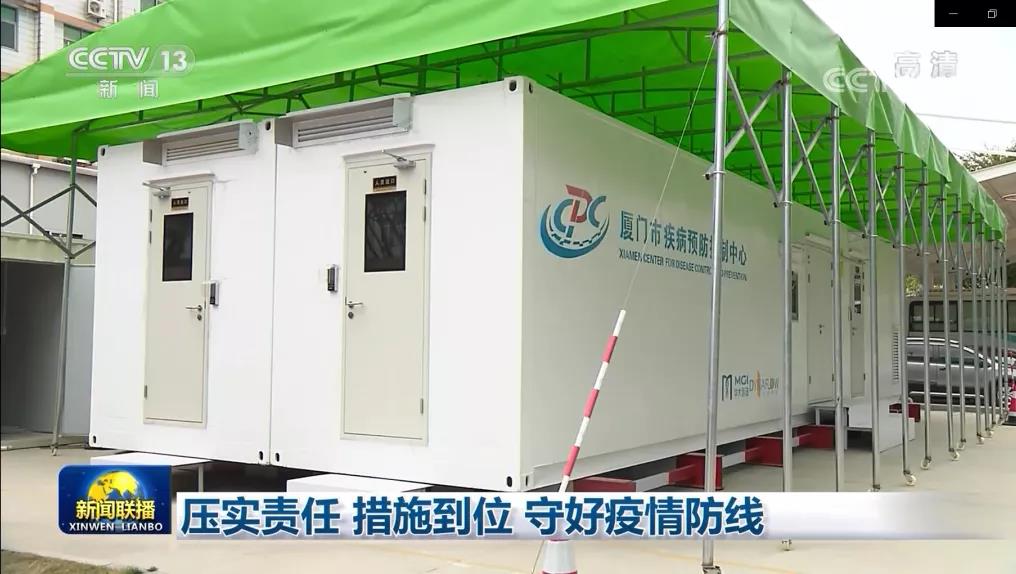
MGI integrated automatic nucleic acid testing lab is on the Xinwen Lianbo (photo source: Xinwen Lianbo)
Nucleic acid detection is an effective way for novel coronavirus screening, MGI quickly responded to the national call for epidemic prevention and control and developed a series of mobile nucleic acid detection packages. In October this year, MGI delivered an integrated automated nucleic acid testing lab to Xiamen CDC control and Prevention Center to help Xiamen strengthen its technical reserves and win the initiative for epidemic prevention and control in the winter and upcoming spring.
The integrated automatic nucleic acid detection laboratory can meet the standard of P2 level biosafety laboratory. The modular design of container is convenient for emergency use and can also be easily transported by vehicle. As flexible and mobile as the lab is, it can be quickly easily transported to stations, ports, communities, etc., according to the actual needs of epidemic prevention and control, and put into use in a very short time to help hospitals, disease control centers and testing institutions speed up the efficiency of nucleic acid detection.
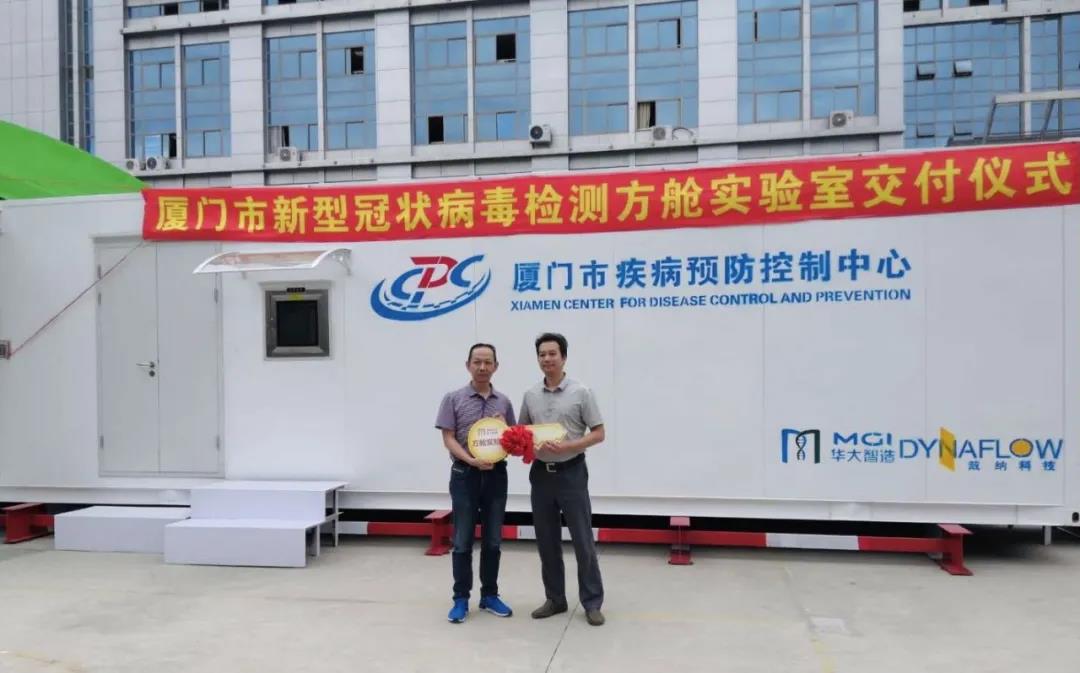
MGI delivered its integrated automatic nucleic acid detection laboratory to Xiamen CDC
The integrated automatic nucleic acid testing lab can realize a maximum daily detection of up to 60000 mixed samples and 6000 non-mixed samples. It’s thanks to the integrated package of MGISTP-7000 high-throughput automated sample transfer processing system combined with MGISP-960 automated nucleic acid extraction equipment and MGI ZLIMS information management platform that high-throughput detection can be achieved. It can realize fully automated sample barcode scanning, information check and sample dispatching, nucleic acid extraction and real-time monitoring and management of the whole testing process.
Notably, MGI’s integrated package also achieved good results in Luliang, Shanxi Province, helping it to reach a maximum daily nucleic acid detection capacity of up to 50000 samples. It effectively improved the epidemic prevention and control ability in winter and spring.
"The whole process was done by manual operations before the arrival of MGISTP-7000. It can complete tube uncapping, barcode identification, sample dispatching, tube recapping, with a single-click, and only requires manual placement of samples. It can not only help to reduce the risk of direct contact with the virus, but also greatly relief the workload of lab technicians and improve our work efficiency.” Zhang huibian, lab technician from Luliang CDC, said in an interview with Luliang TV station.
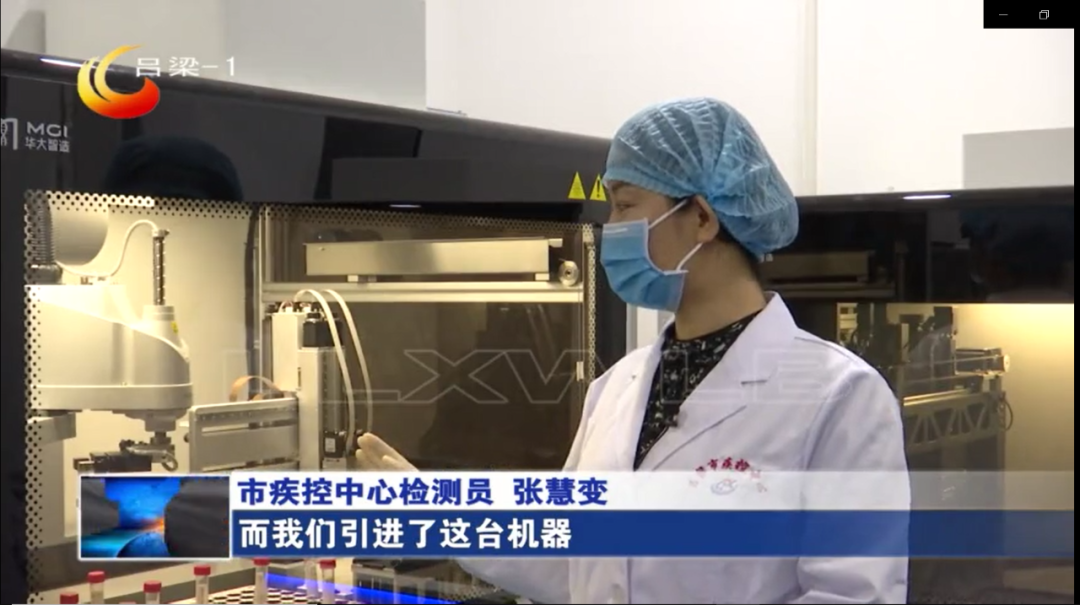
She also introduced MGISTP-7000 high-throughput automated sample transfer processing system (photo source: Luliang TV station)
“China's Guiding Opinions on Normalizing COVID-19 Prevention and Control Work” stated that the prevention and control of COVID-19 pandemic has entered a normalization stage. All localities should scale up the nucleic acid detection capacity and take emergency measures for precise prevention and control of potential COVID-19 outbreak in the winter and upcoming spring.
In order to meet different application scenarios, MGI has successively launched a variety of more flexible and mobile “Huo-Yan” laboratories, such as MGIFLP-HWRS(Fast Setup Modular Negative Pressure Lab), vehicle-mounted PCR labs, integrated automated nucleic acid testing labs. Those mobile packages have been put into use in places like Chengdu, Chongqing, Wuhan, Ganzhou, Xiamen etc., Those mobile labs can help improve detection capacity, and provide an integrated package for the building of “new infrastructure” of public health in China.



 Sequencer Products: SEQ ALL
Sequencer Products: SEQ ALL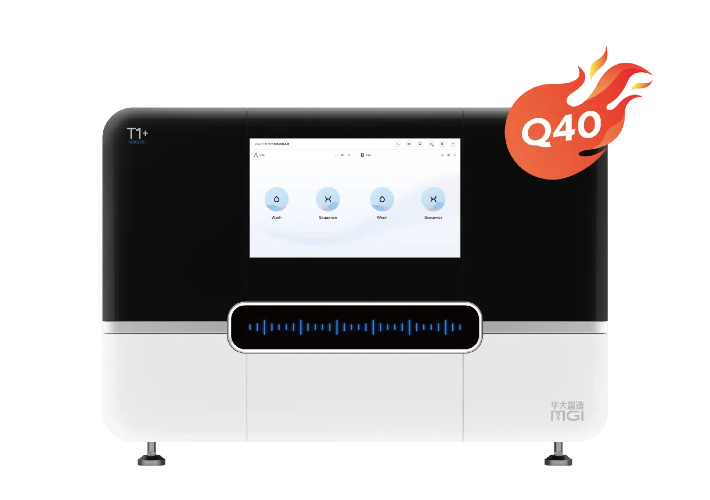

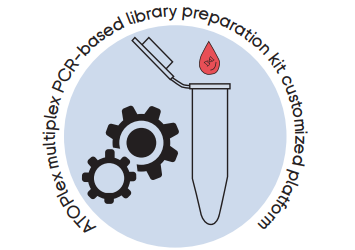
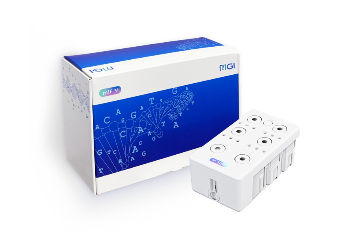

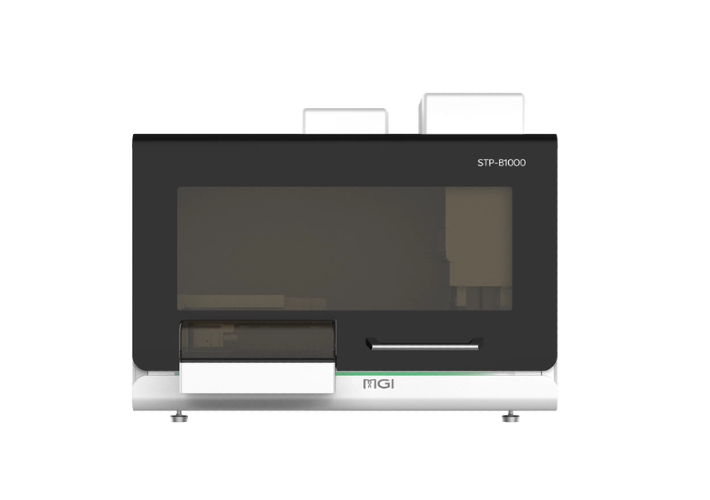
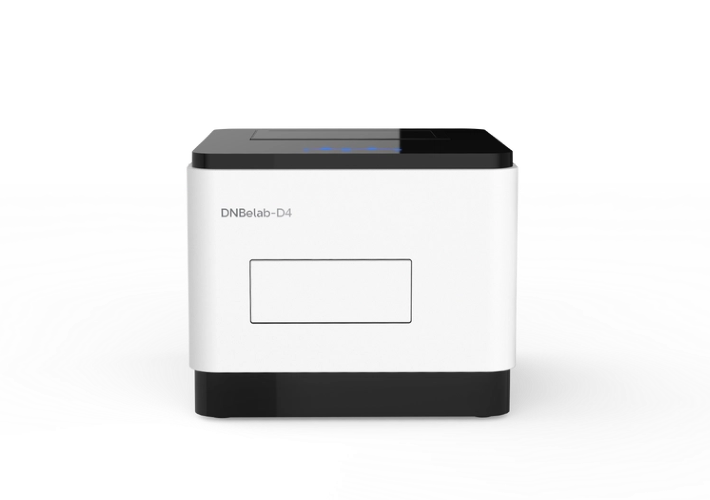
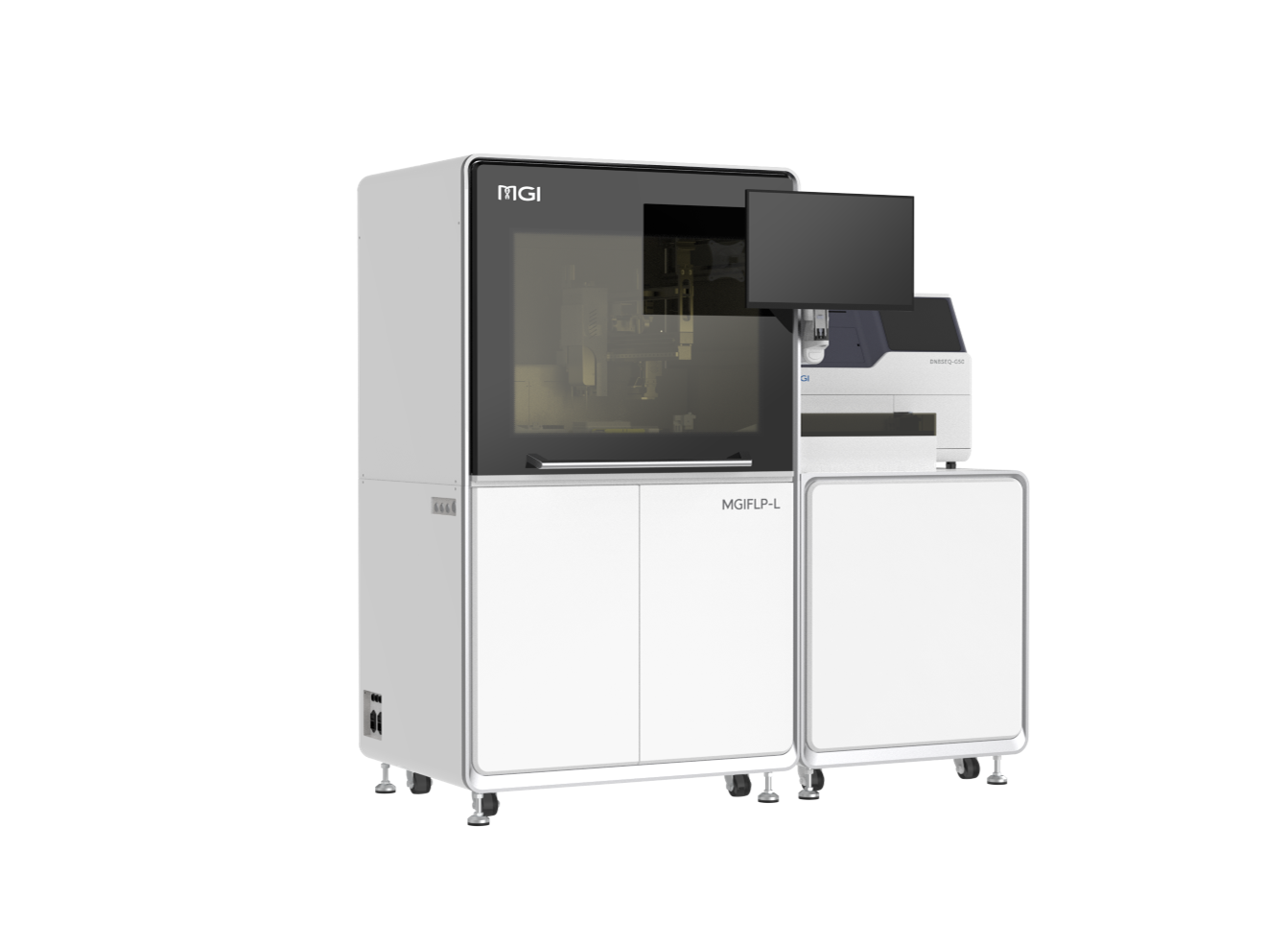
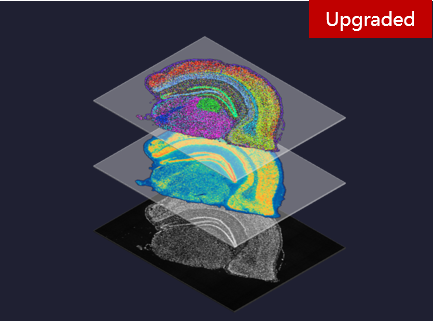

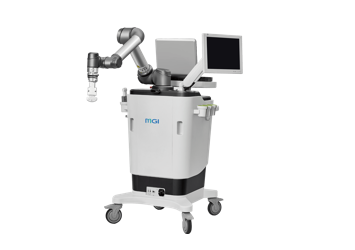

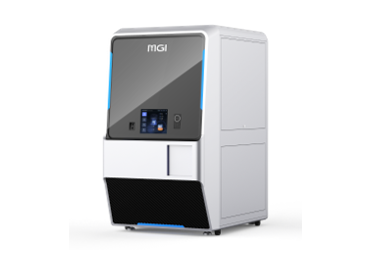

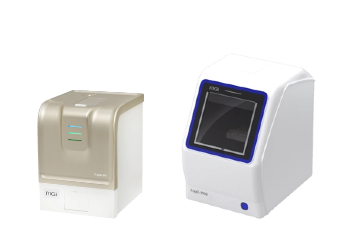

 Technologies
Technologies Applications
Applications Online Resources
Online Resources Data Bulletins
Data Bulletins Service & Support
Service & Support Global Programs
Global Programs Introduction
Introduction Newsroom
Newsroom Doing Business With Us
Doing Business With Us Creative Club
Creative Club













